We begin this month’s update in the Lake District with the 50th Anniversary of Coniston Water Records Week being held over five days as I write this diary blog. There are as usual both UK and worldwide entries for this very prestigious event on the same stretch of water where the late Donald Campbell CBE once ran his iconic jet hydroplane Bluebird K7. Entries for the various classes of craft require them to pass through a measured kilometre timing trap on the course in both directions within the hour in order to rule out any wind advantage of a single direction running.
This year the weather has not been the kindest for the competitors with both strong winds and rain to contend with at times. Obviously some competitors who would normally run their craft at sea are better able to cope with such conditions than the smaller inshore craft who require relatively flat calm water upon which to run their boats at their best.
Weather conditions this year were so poor at times that all of the competitors and course control had to stand down on Wednesday 2nd November but then being at the mercy of the weather has always been part and parcel of record breaking upon water. It was the same in the times of Donald Campbell and his team waiting around for weeks for a break in the weather and will continue to be a frustration no doubt when we come to run Longbow. Nevertheless despite the poor conditions at Coniston this year, at time of writing several National and World Class Records are reported to have been achieved subject to ratification by the governing body for the sport.
The following photos courtesy of Brian Millin show some of the action taking place at this year’s event:
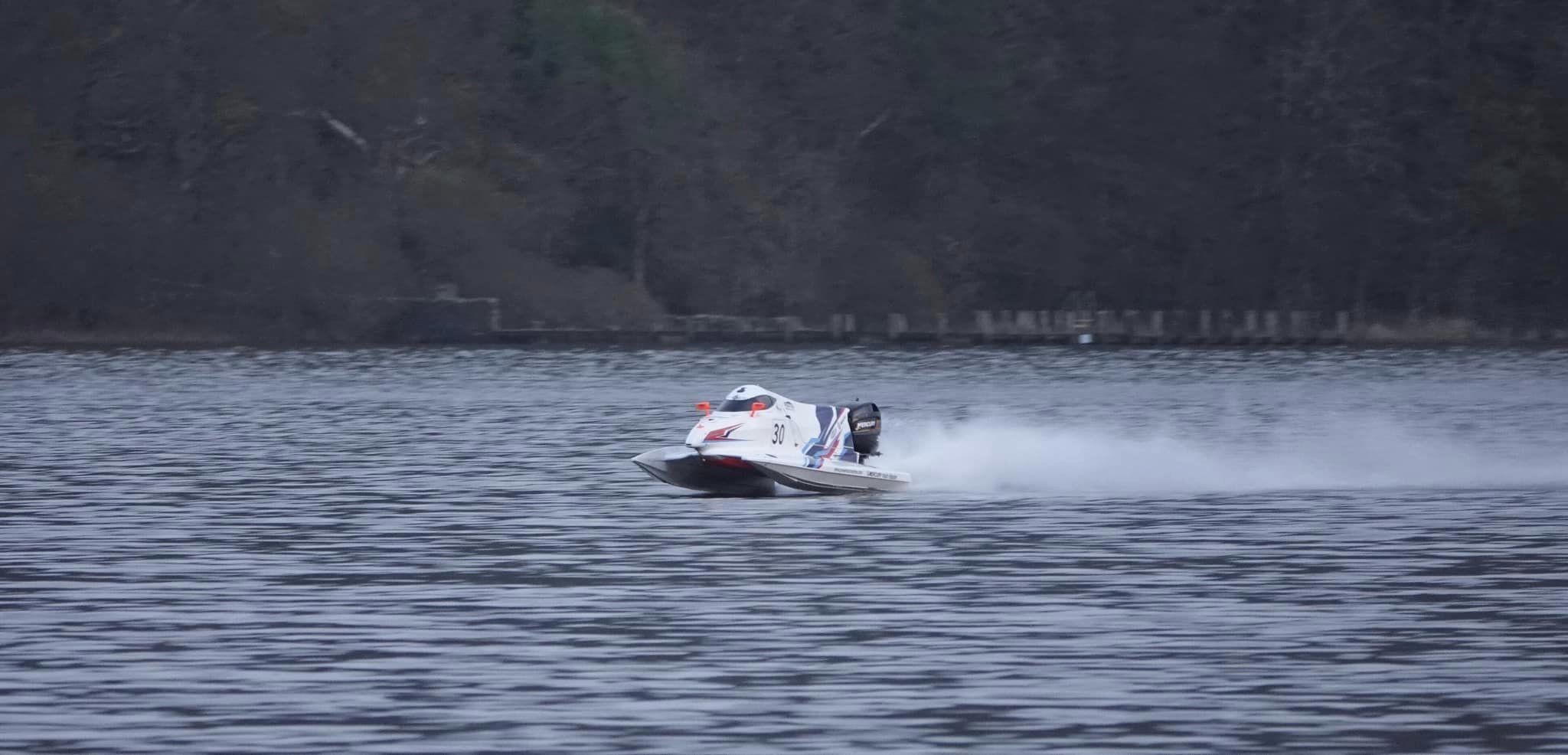
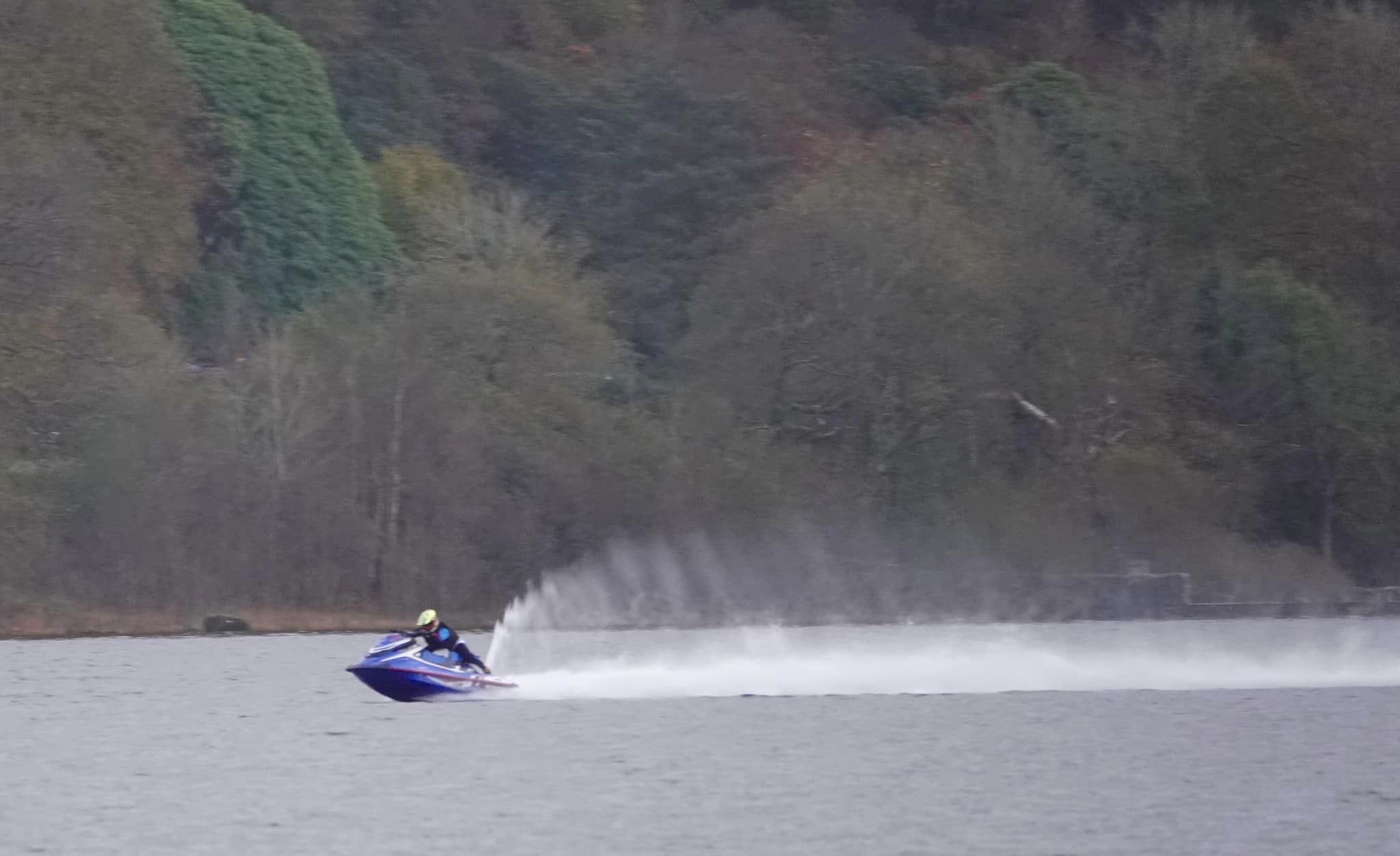
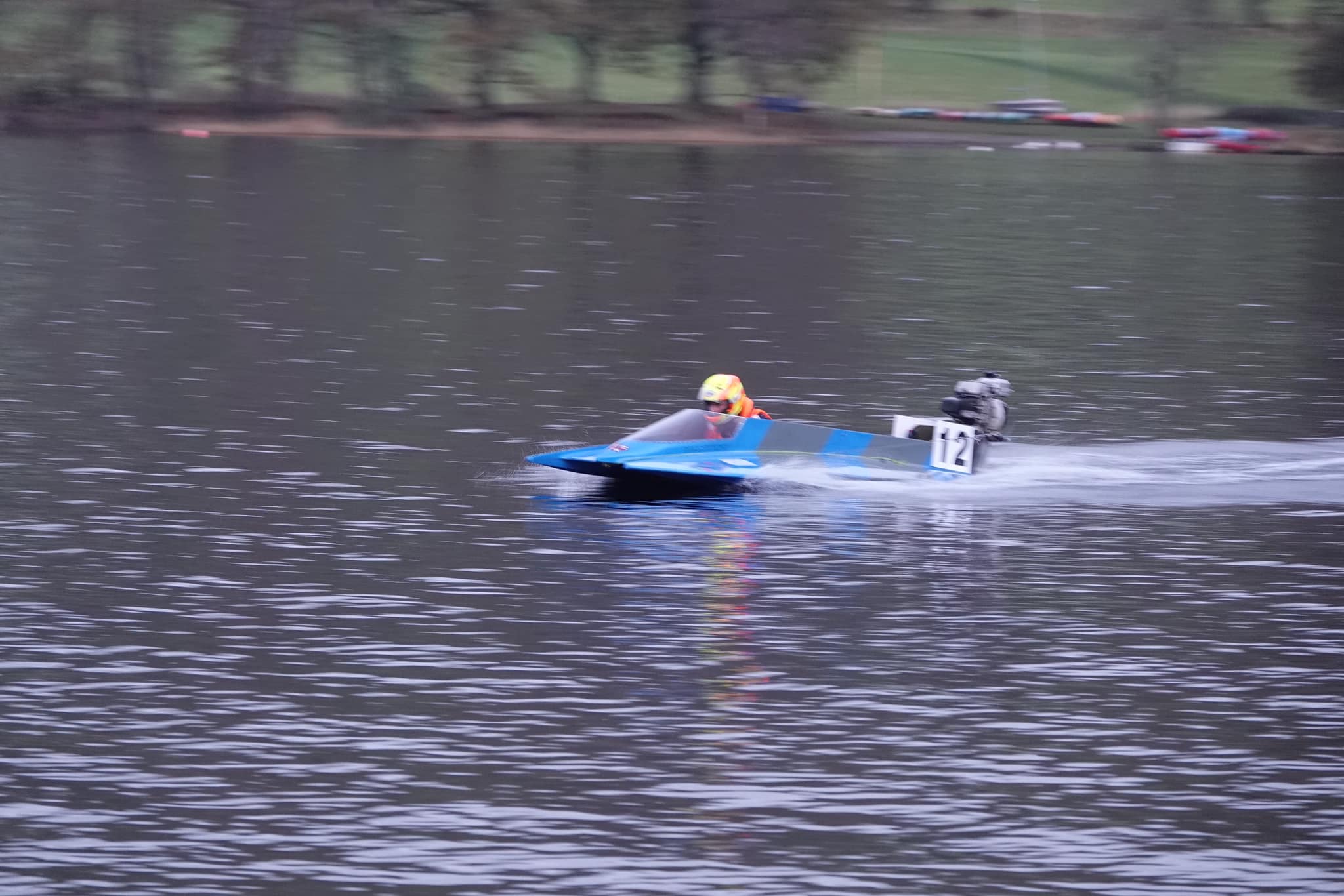
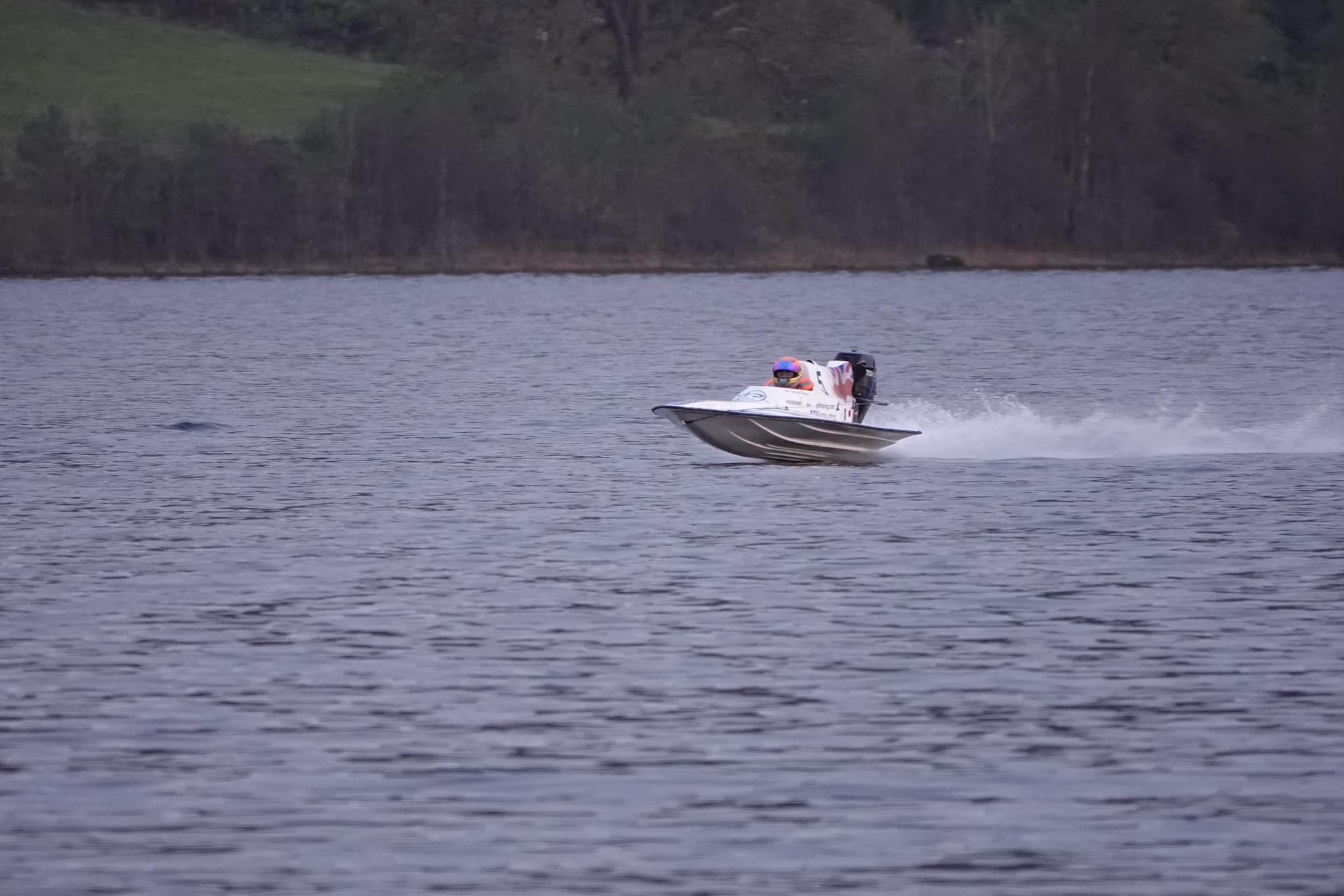
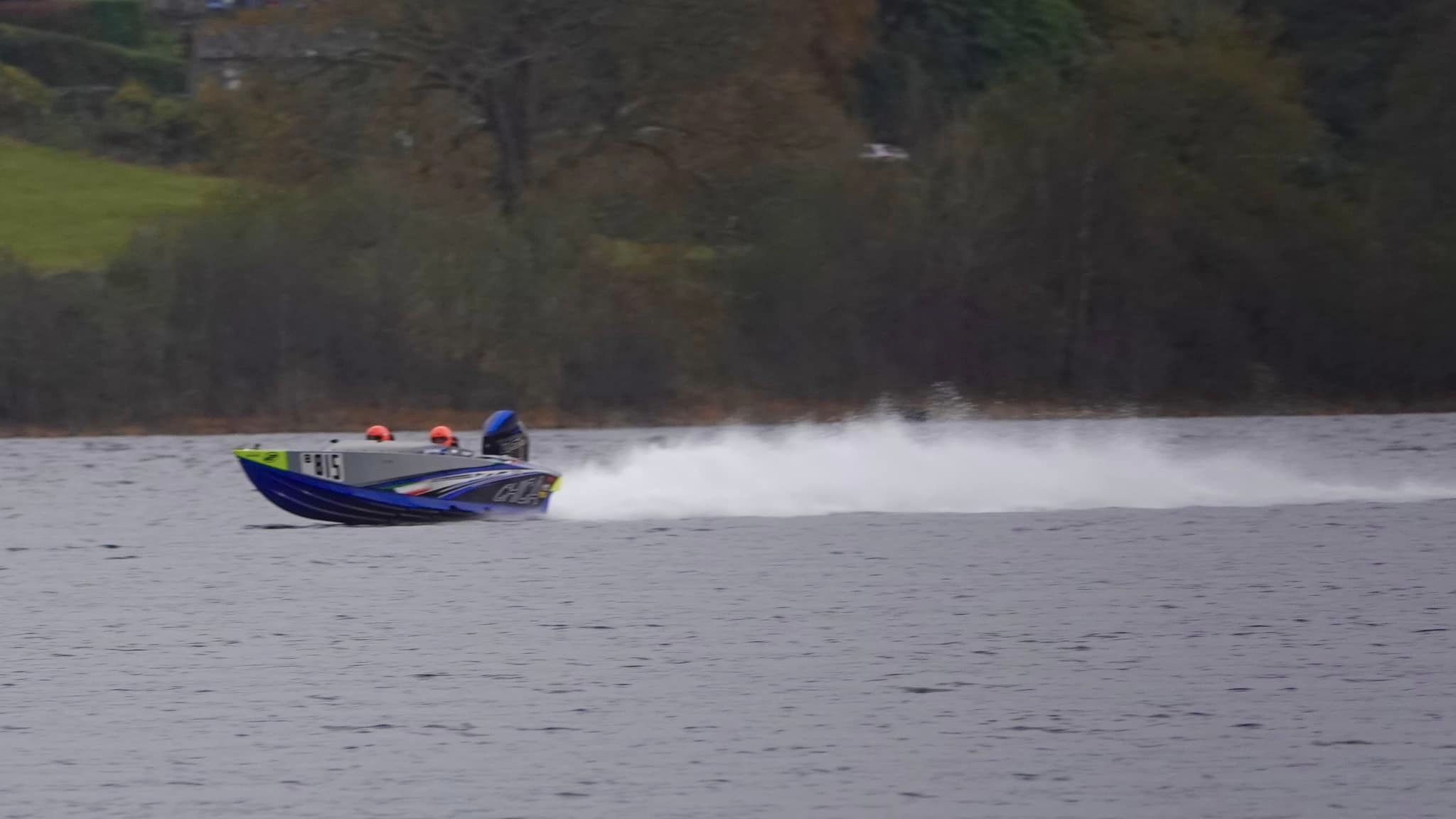
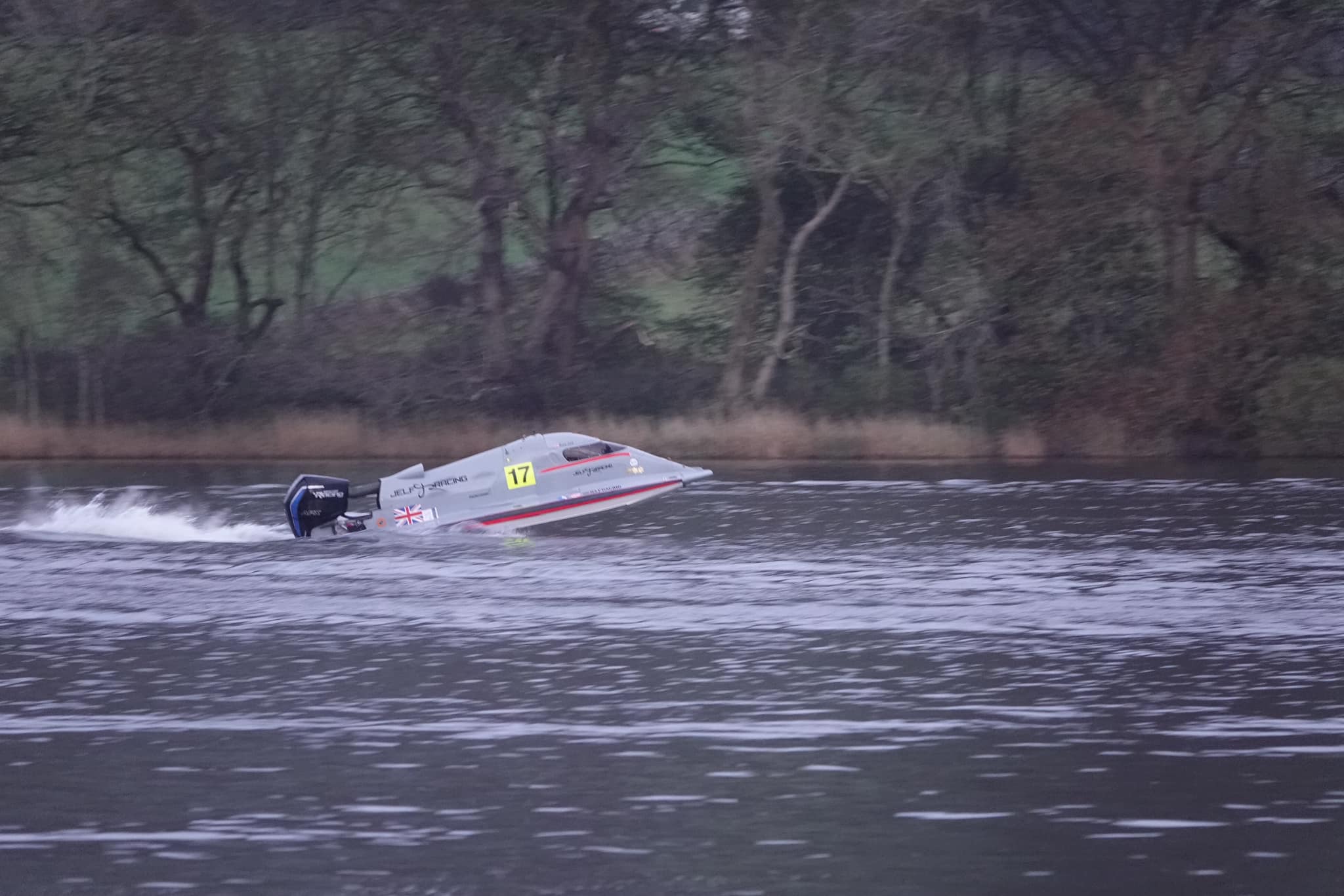
In other news our good friend Dave Warby and his team were due to undertake development runs of their jet hydroplane Spirit of Australia II upon the Manning River at Taree NSW Australia towards the end of October. However Dave became unwell and whilst thankfully now he is on the mend, the boat testing is now likely to take place towards the end of November.
Back with our own jet hydroplane Longbow this month saw us welcome the following new sponsors to the Project:
Performance Engineering Solutions (PES) Ltd who provide design engineering services in a multiple of disciplines: www.pes-performance.com
JP Cages Ltd who design and manufacture bespoke roll cages for vehicles: www.jp-cages.co.uk
Blackpool Thunder Car Club which is an award winning club for all TVR sports car owners: www.blackpoolthunder.com
Following on from last month where I had undertaken a considerable number of drawings for the twin jet engine cradle for Longbow, these had all been two dimensional drawings, which was fine for the flat steel plate elements of the cradle as kindly provided by our sponsor John W. Laycock Ltd. However for the round BS4-T45 steel tube elements of the cradle in order to determine their correct lengths especially reflecting how they configure when one round tube is notched into another, we needed to convert my two dimensional CAD drawings into three dimensional step file drawings. Our new sponsor Josh Paige of JP Cages could then load feed that information into the software of his CNC plasma machine to cut and notch the steel tubes correctly.
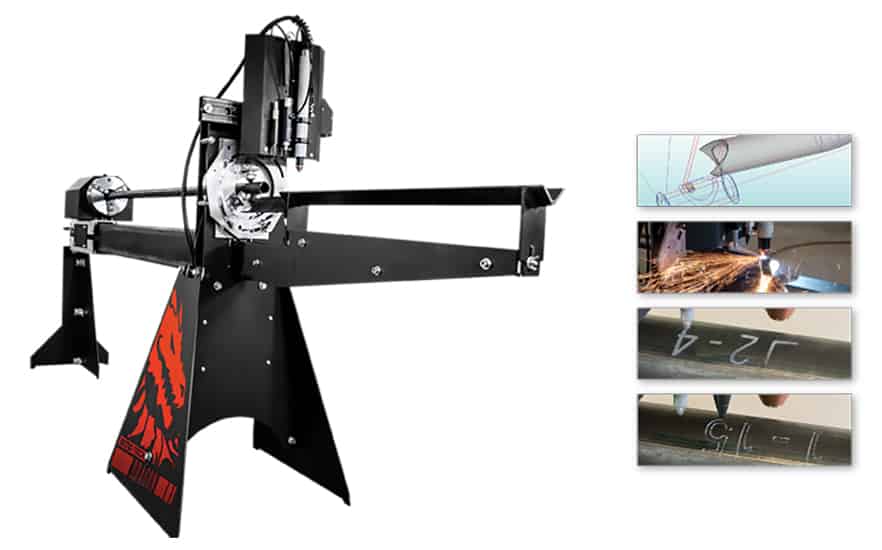
‘Step’ file drawings properly known as ISO 10303 are a file format for 3D models and is an acronym of ‘Standard for the Exchange of Product Data’. These types of CAD files were developed for compatibility across different software and they typically save the entire body of the 3D CAD model rather than just its basic geometry.
Rather than me having to do a crash course upon 3D CAD drawing and make a hash of it, Darren George of our new sponsor Performance Engineering Solutions (PES) Ltd came to our rescue. Darren who at one time worked for Formula One racing team Prost Grand Prix, is not only a very gifted design engineer but a thoroughly nice chap and as an example of his work the general assembly of the tube elements he did for us is shown below:
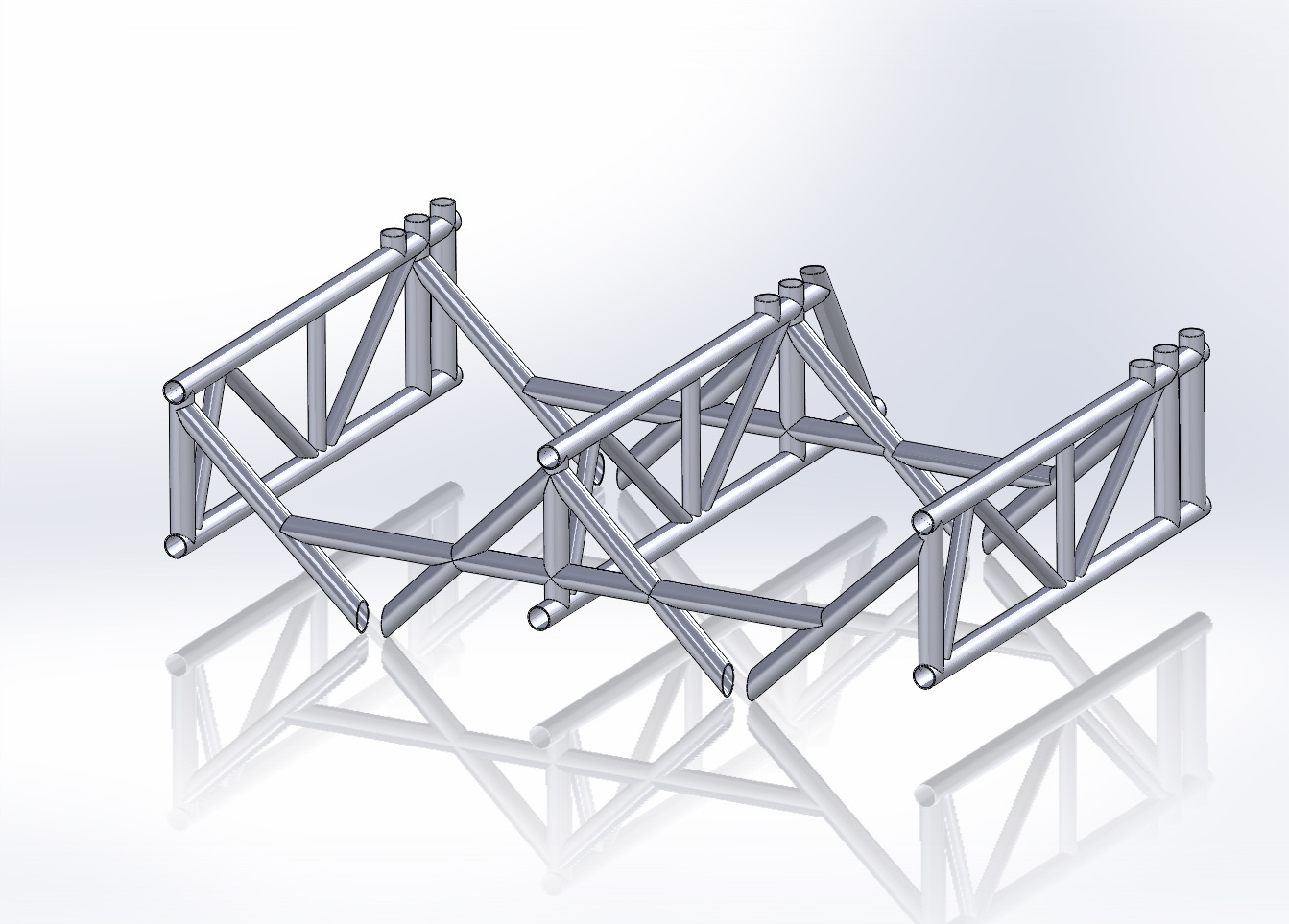
Supply of the BS4-T45 tubing itself was very kindly provided by Mark Sugden MD of our metalwork sponsor John W. Laycock Ltd but there was hold up in getting the steel tubes actually to Josh at JP Cages because apparently the tubes came in 6.1m lengths and the courier returned them as they were only allowed to transport 6m lengths. Accordingly they had to make their way back to the supplier to have 100mm (four inches) cut off their lengths before they could then be transported back to Josh for him to do his part and all of that you will appreciate is where days just seem to be lost in moving forward but rules are rules and obviously we are no exception to having to comply.
Anyway with the BS4-T45 steel tubes finally with Josh he was able to CNC plasma notch them to the various sizes and the following video shows their machine in action:
We took delivery of the tubes yesterday at time of writing. The plasma cutting has left some burrs on all the ends of the steel tubes so my job now is to clean them up in preparation for welding. Very kindly our good friend Steve Buckle, Purchasing Director for our fantastic sponsor Sealey Tools (Jack Sealey Ltd) has sorted us out by sending us as always just the right tools for the job, one of their superb professional Premier range of air powered die grinders complete with two sets of tungsten carbide rotary burr sets. I really cannot thank them up enough for their terrific support throughout the venture where their advice and equipment that they have so generously provided never fails to impress with its quality and performance; we really could not have done the project without their fantastic assistance.
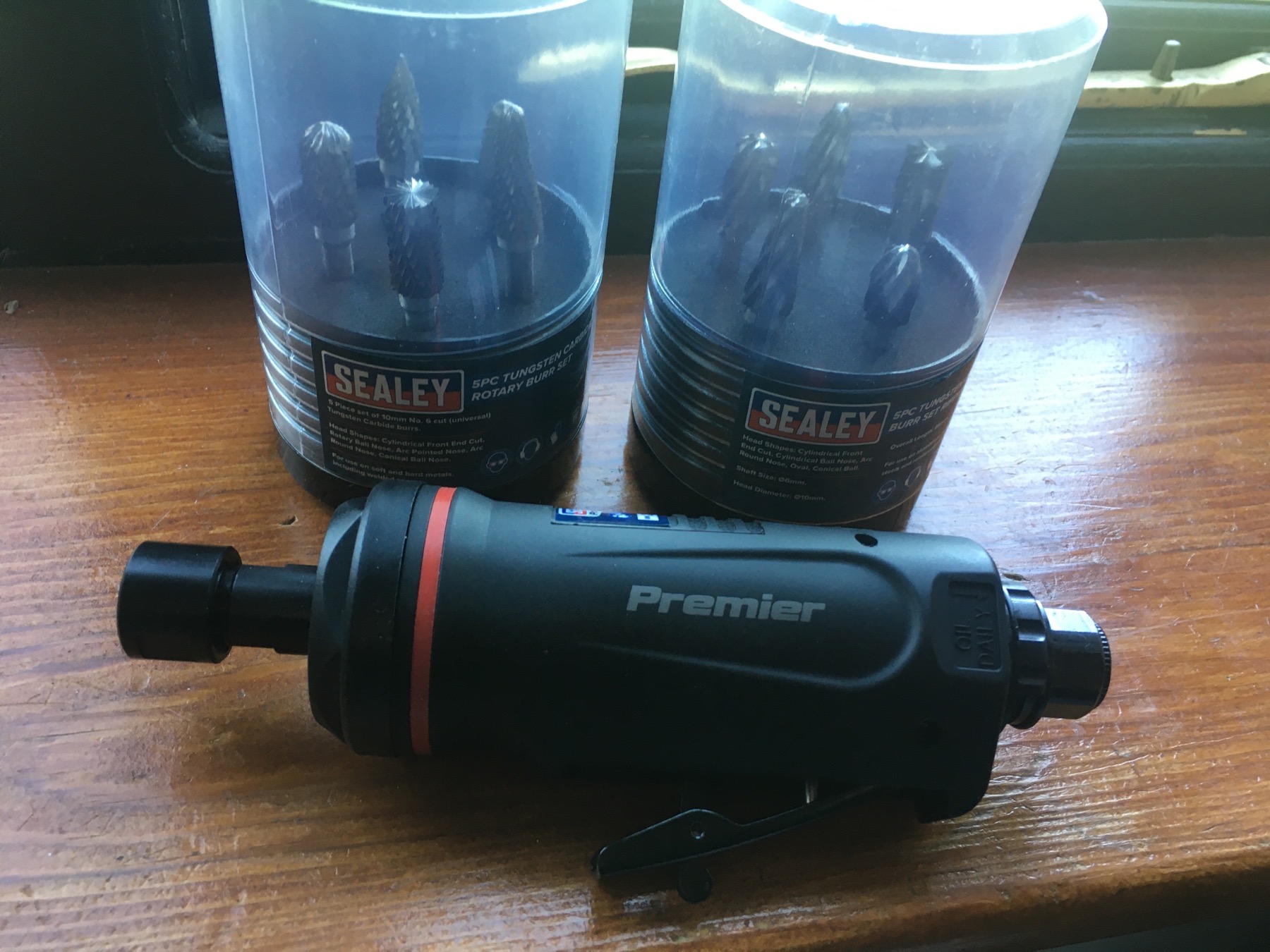
Meanwhile I also needed some slight amendments to the steel plate elements of the cradle such as lightening holes needing to be cut and this task was kindly undertaken by our local sponsor the WEC Group at Darwen with the following video of their laser cutting machines in action:
So at present I now have a rather considerable pile of steel plates and tubing that all requires welding together. Our sponsors for welding equipment ESAB have kindly provided the correct welding rods and our sponsor SGS Gases the appropriate shielding gas.
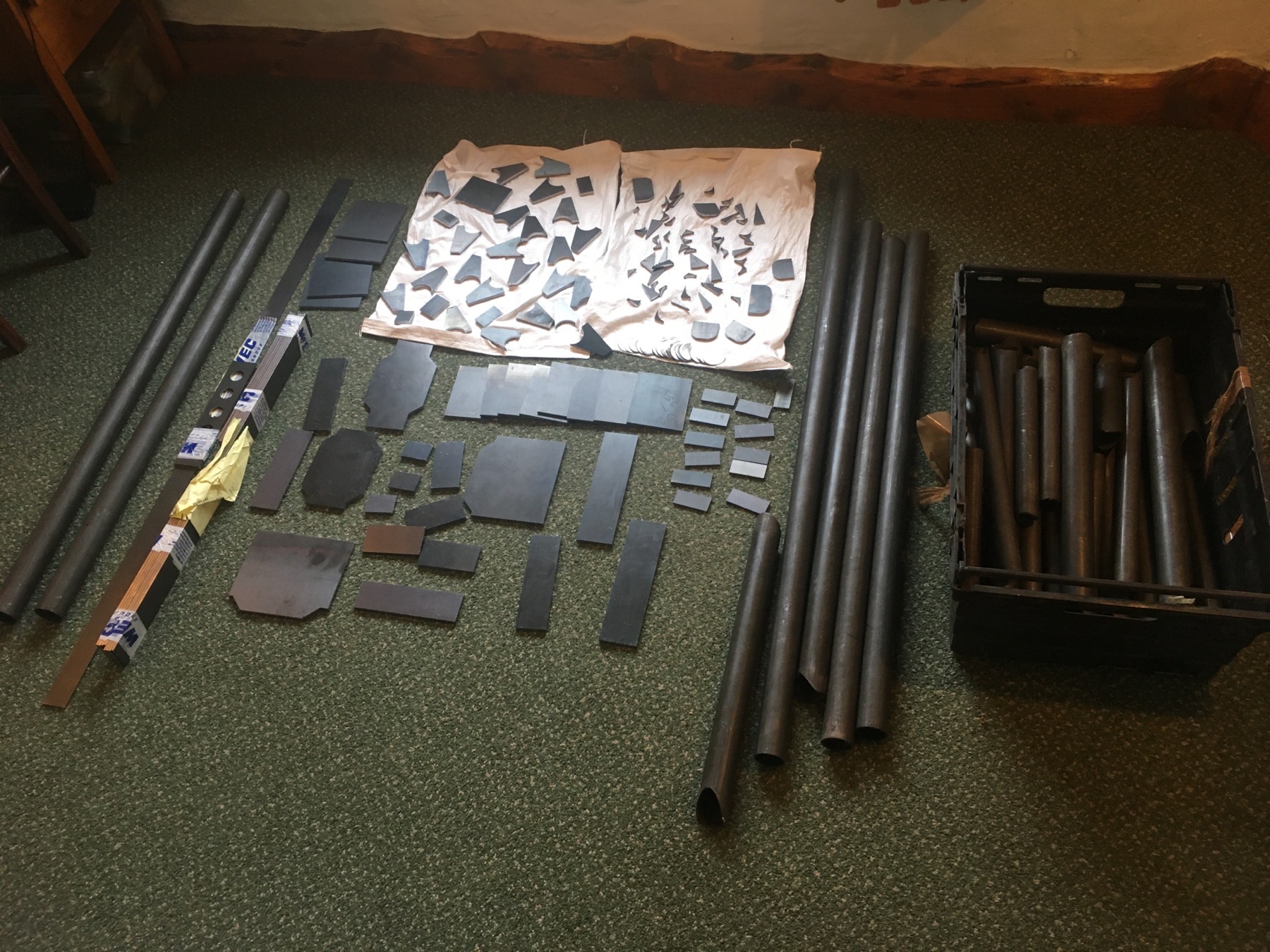
For those wondering who has drawn the short straw of welding all of this material together, it is Steve Charlesworth of our new sponsor Blackpool Thunder Car Club, previously referred to above. Hopefully you can now see how everything starts to come together to complete the jigsaw of getting the cradle designed, drawn, signed off, material supplied, tubes notched and the whole lot fabricated together and installed within the hull of Longbow.
Steve has a superb collection of TVR cars he has acquired over the years and fortunately for us is a time served Coded welder with a vast amount of experience and knowledge as well as former lecturer on the subject matter. Not surprisingly Steve is a very busy man with a lot of work on his plate but he has kindly booked us in to take our collection of metal bits and pieces to his workshop in Huddersfield in a fortnight. There he tells me he will be able to perform his magic of welding the majority of the cradle at his premises before bringing it back here to my cottage workshop for further welding and installation actually within the hull of Longbow itself.
In the meantime amongst all of that going on, we had a very productive meeting with one of our education partners, the Engineering & Science Department at our local Blackpool & Fylde College (B&FC).
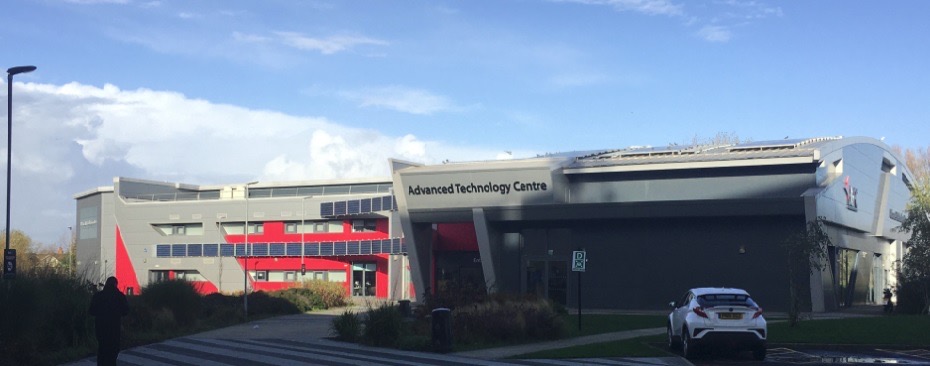
During the meeting we discussed various aspects of the venture with Head of Department Scott Cubitt, Dr. Abdelrahman Abdelazim and Mark Woodford, regarding elements of Longbow that the students would like to take on as projects within their coursework at this stage of the build. For example the painting of the jet engine cradle within one of the College spray booths and various items of machining required for the craft. Photos of our visit to the College this month as shown below provide something of an insight into their Advanced Technology Centre capabilities as they were hosting a World Skills CNC machining competition at time of visit using their facilities.
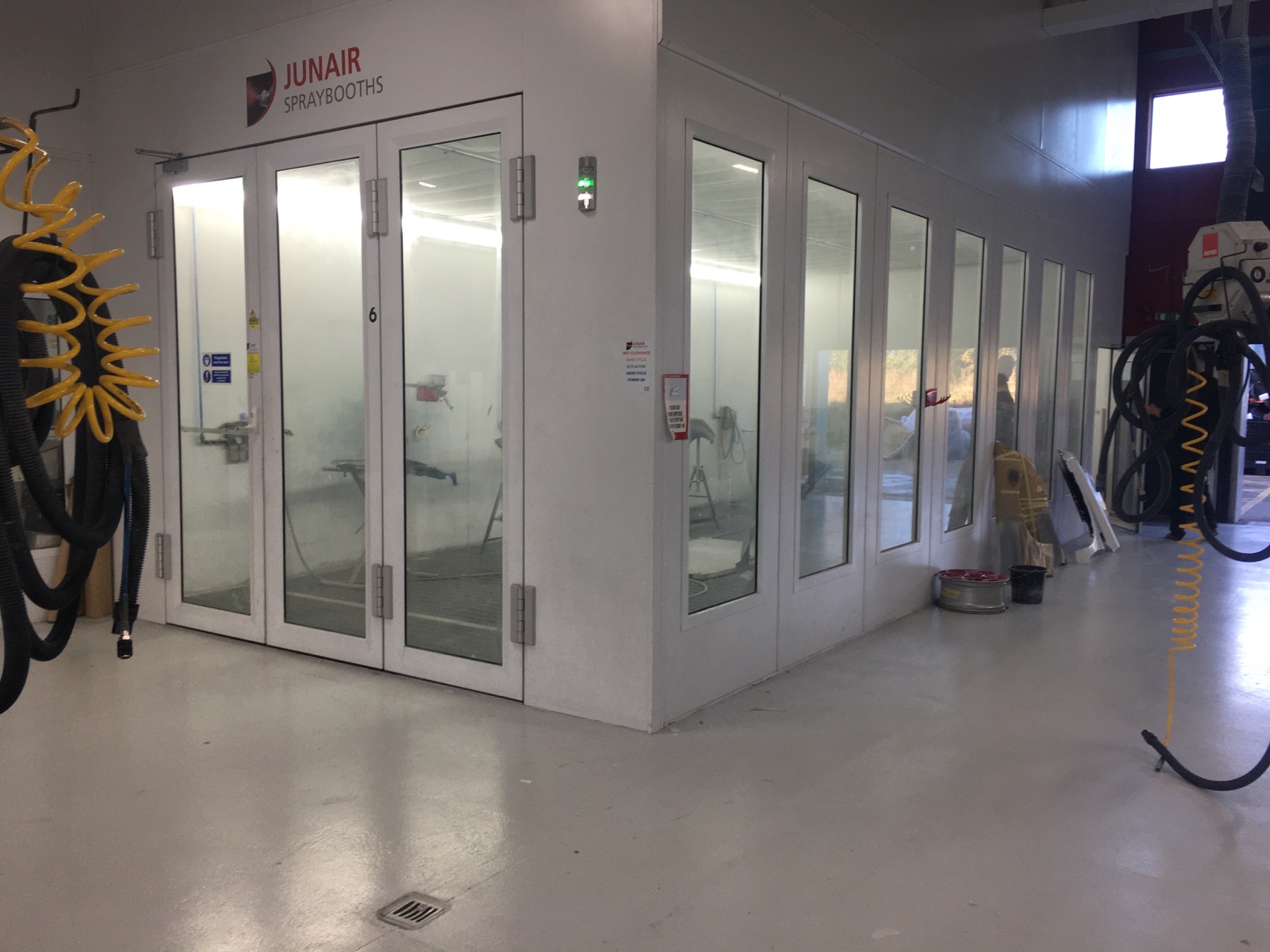
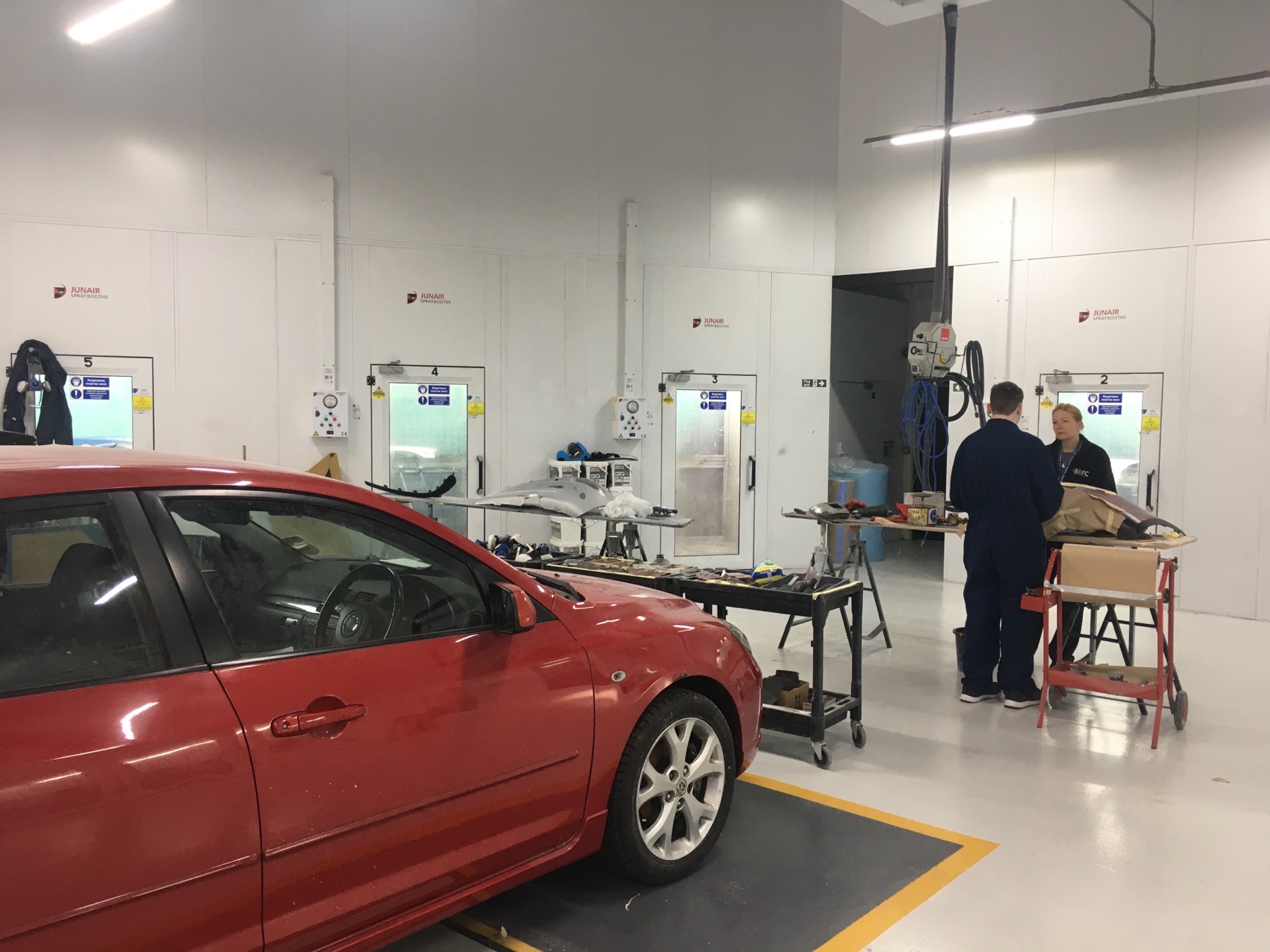
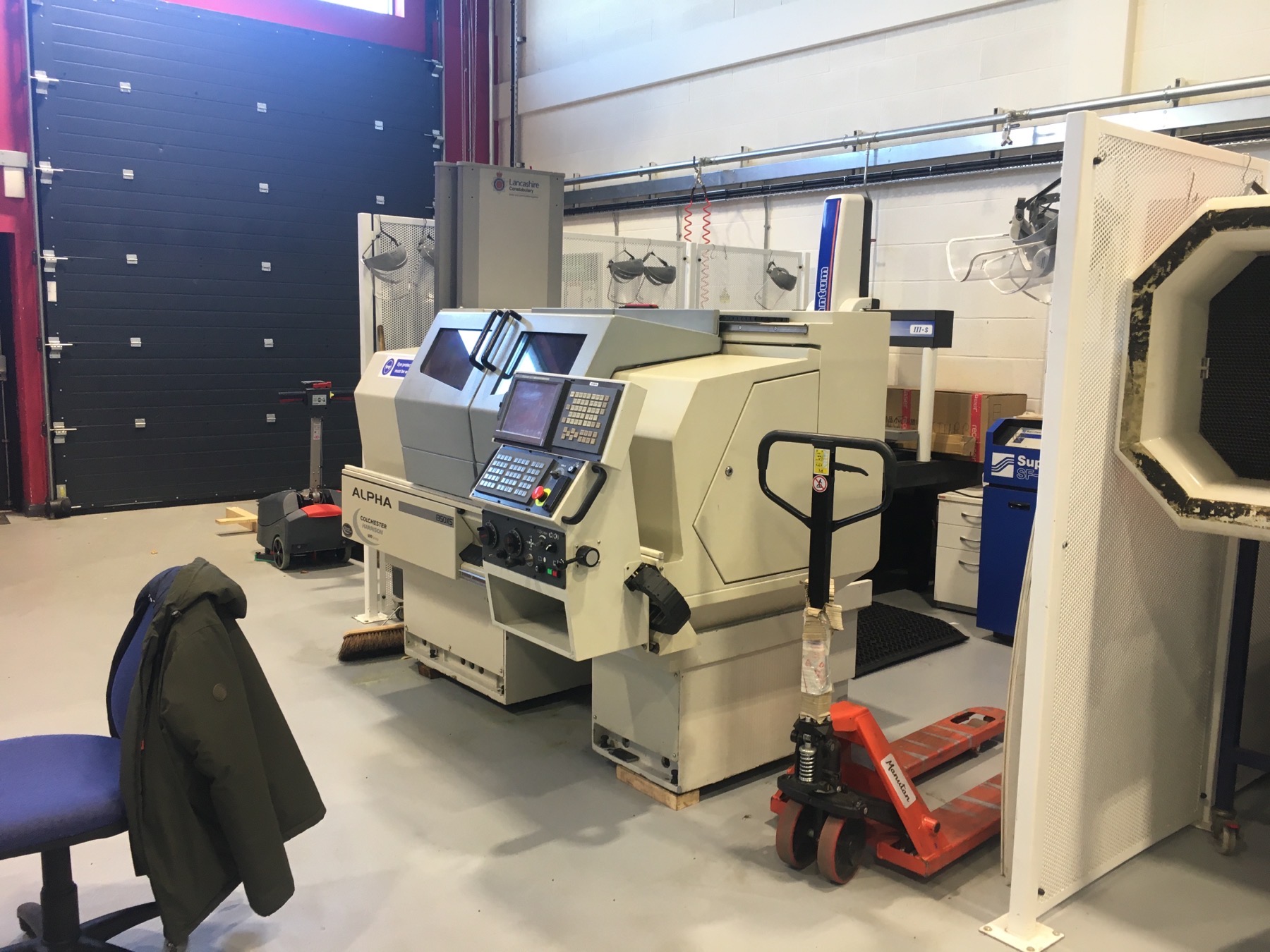
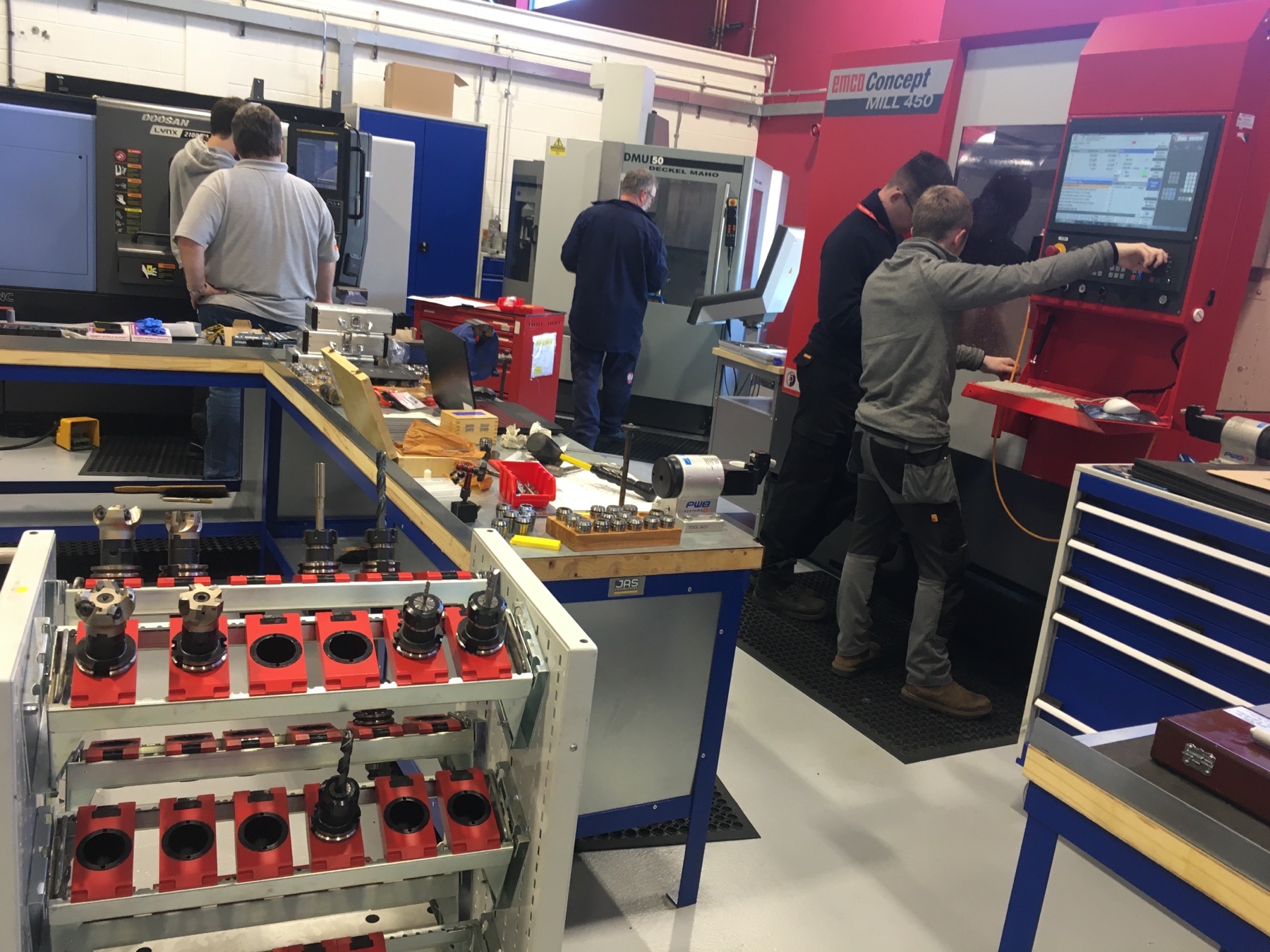
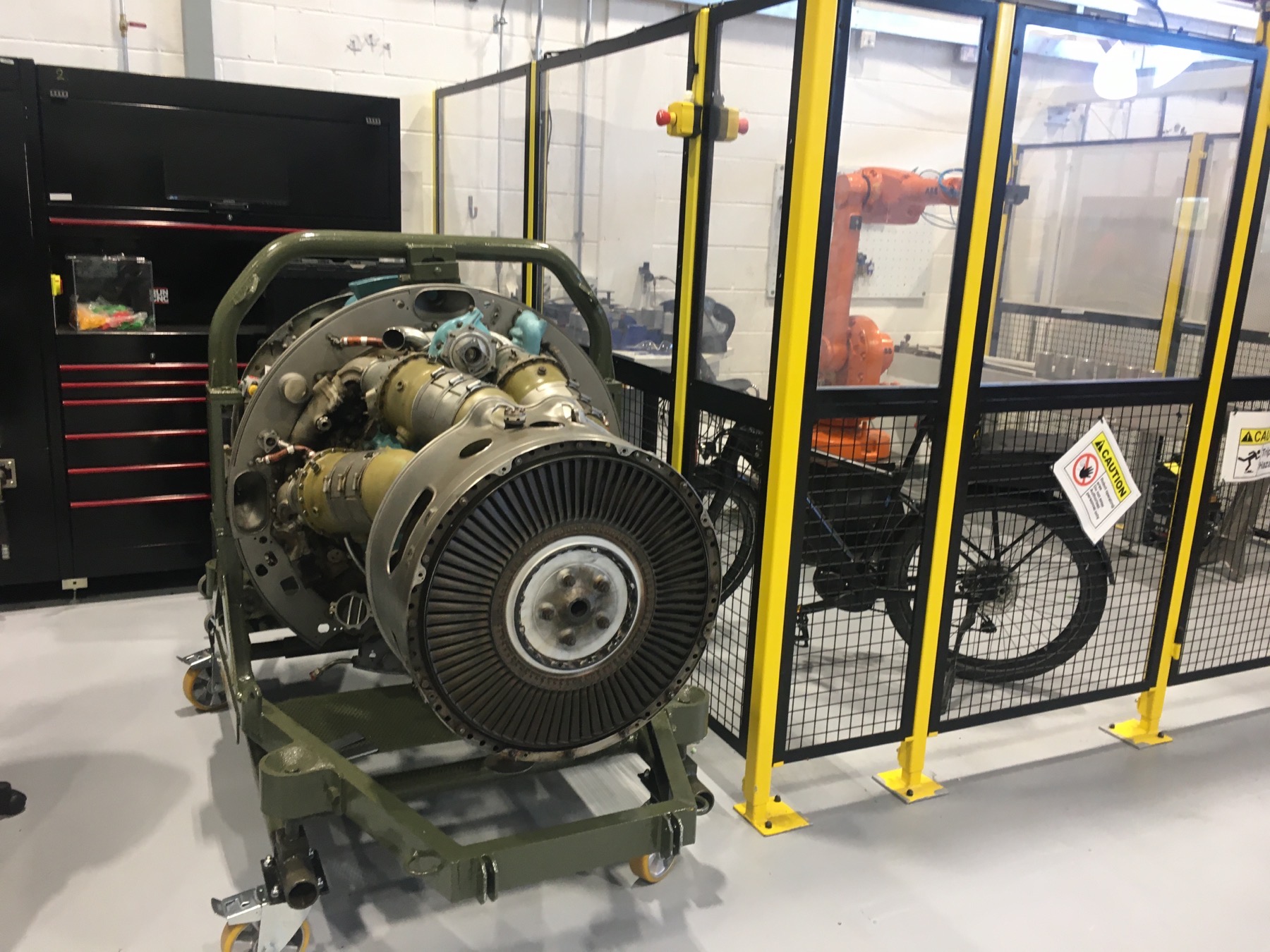
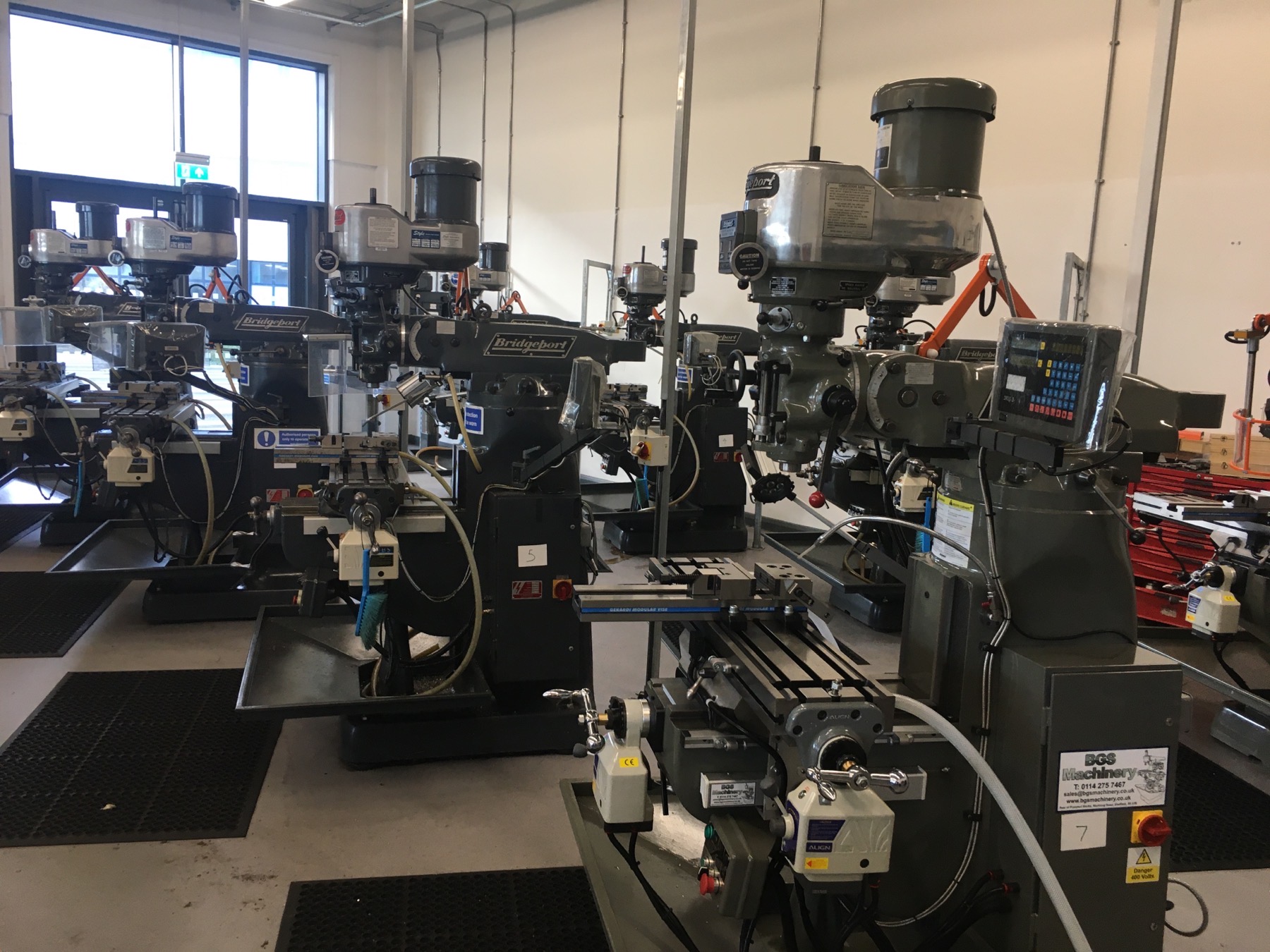
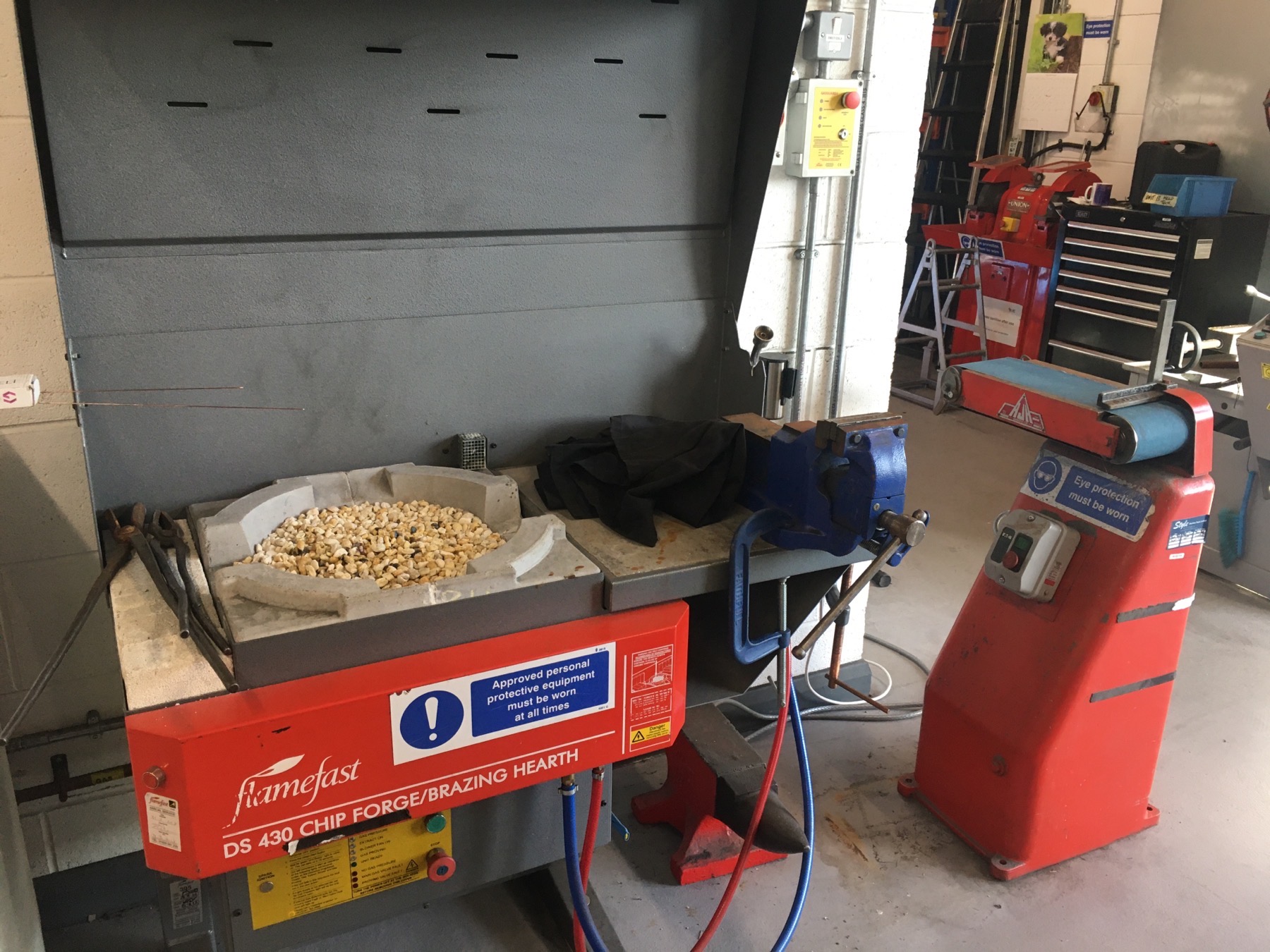
So that brings us up to date and trust you will appreciate that it is the things that you cannot see going on in the background that often take the time to make the project as a whole happen, just as much as the things that you can physically see as progress. At this point my priority has been to bring everyone mentioned above together so that we can get the jet engine cradle fabricated, installed within the hull Longbow which in turn will then allow us to fit her twin jet engines, before moving physically on to other elements of the build but more about those hopefully in next month’s update.
That is all for this month folks, so thank you for dropping by, stay safe as winter draws in and please look us up towards the end of November for more progress of our little venture.
